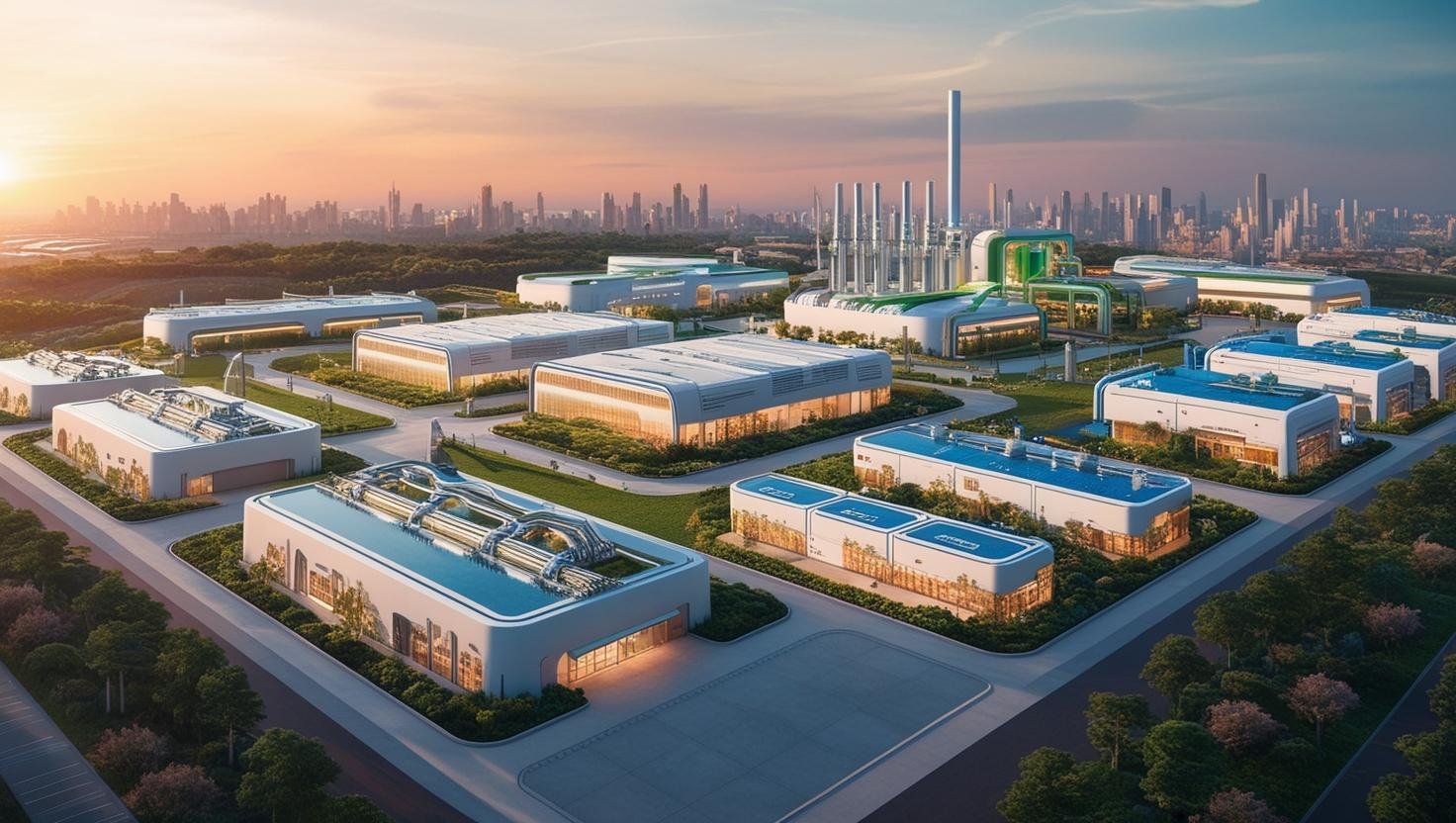Bridging the Manufacturing Workforce Gap: Trade Education & Long-Term Investment Strategies

The US Manufacturing Workforce in 2025
A couple of days ago the Manufacturing Institute was hosted by Dr. Sims from Drake State and Mrs Lee, president of the institute, walked the audience about the state of the manufacturing workforce in 2025 and the opportunities to bridge a gap of about 2M jobs to support the US’s ambitious goal to boost its prominence in the field. You can watch her remarks here. The gap in the workforce isn’t new; we have seem similar headlines over the past decade but the matter has been exacerbated by recent shocks in the global supply chain and coupled with tariff and political stability considerations that neither automation nor new technologies have been able to resorb.
Unsurprisingly, trade vs college education as a career path and opportunities for continuous education within companies and on the job training were discussed and towards the end of the talk, she highlighted a crucial but often neglected point: companies must commit to long-term workforce investment. This commitment allows organizations to leverage the know-how and expertise acquired over years of practice, supercharging their overall capabilities.”
I am contrasting our domestic practice with another talk I was fortunate to attend about a year ago by esteemed chairman Mr. Morris Chang from TSMC. He talked about many things but one point he mentioned that stuck with me was the fact that in Japan, employee turnover was much lower than in the US and therefore organizationally speaking Japanese factories had a much shorter learning curve when dealing with new product introduction. He also made a point to highlight that workforce investment mattered at all levels of educational options, not just at the engineering level but also with skilled trades or vocational training.
You can watch Mr. Morris Chang’s full remarks and comment on workforce investments below
Workforce Stability Matters
In addition to fostering ongoing education at the trade-school level, thinking long term, caring about your people isn’t revolutionary. It is common sense, especially as we are looking at actors that are executing multi-decade long plans for industrial and technological dominance. With the recent mass layoffs of many eminent professionals and the ongoing attitude by US firms that people at all levels are so easily disposable, I am at pains to believe that we are really serious about rebuilding our industrial ecosystem as a matter of national security.
What are your thoughts? How can the U.S. better invest in its manufacturing workforce?